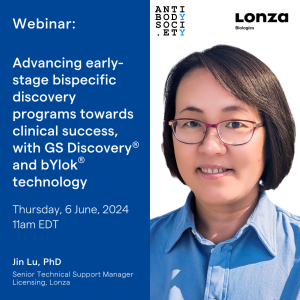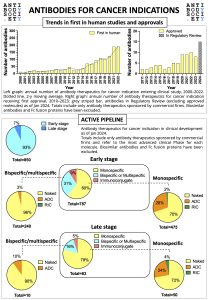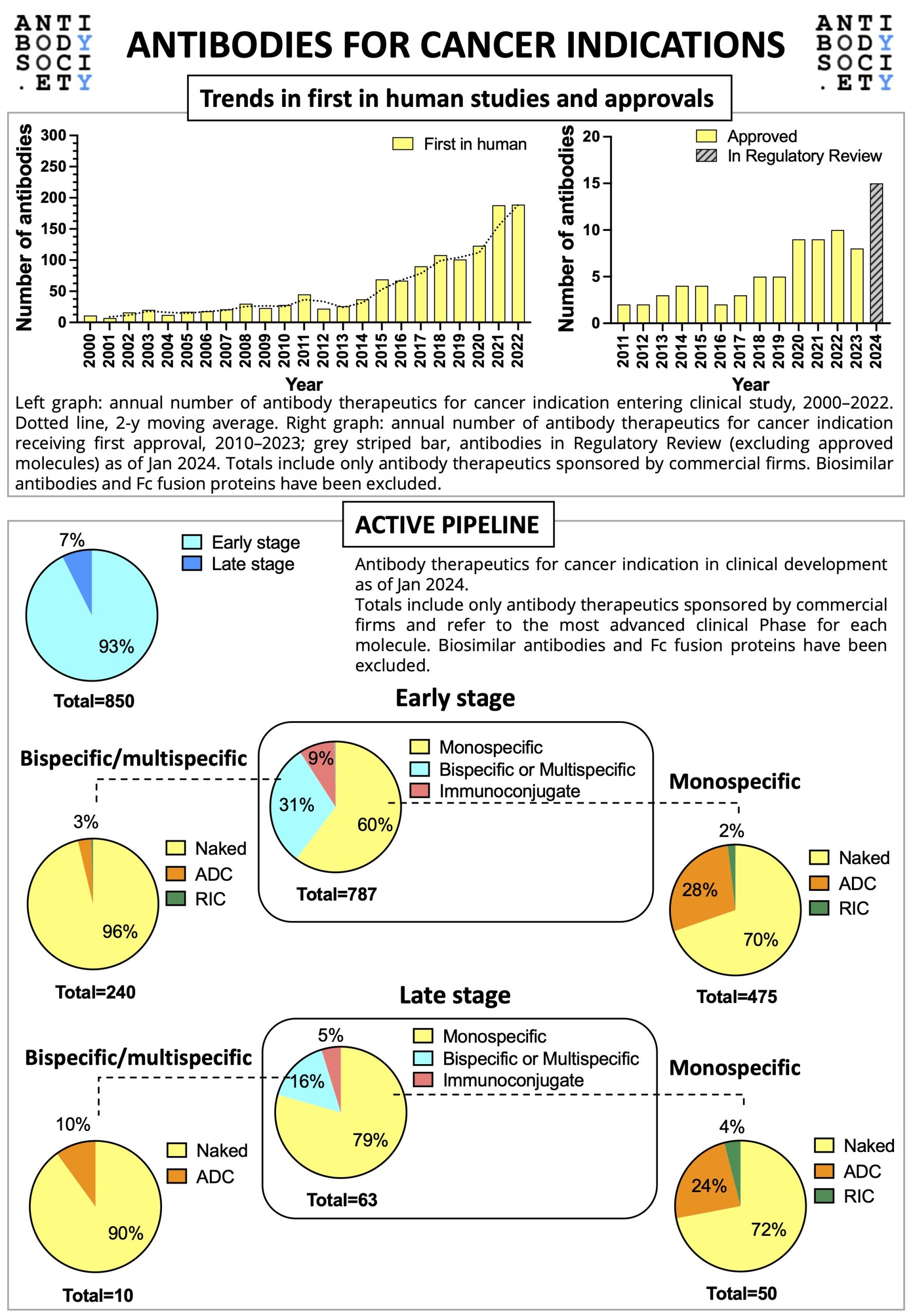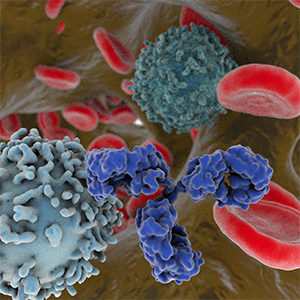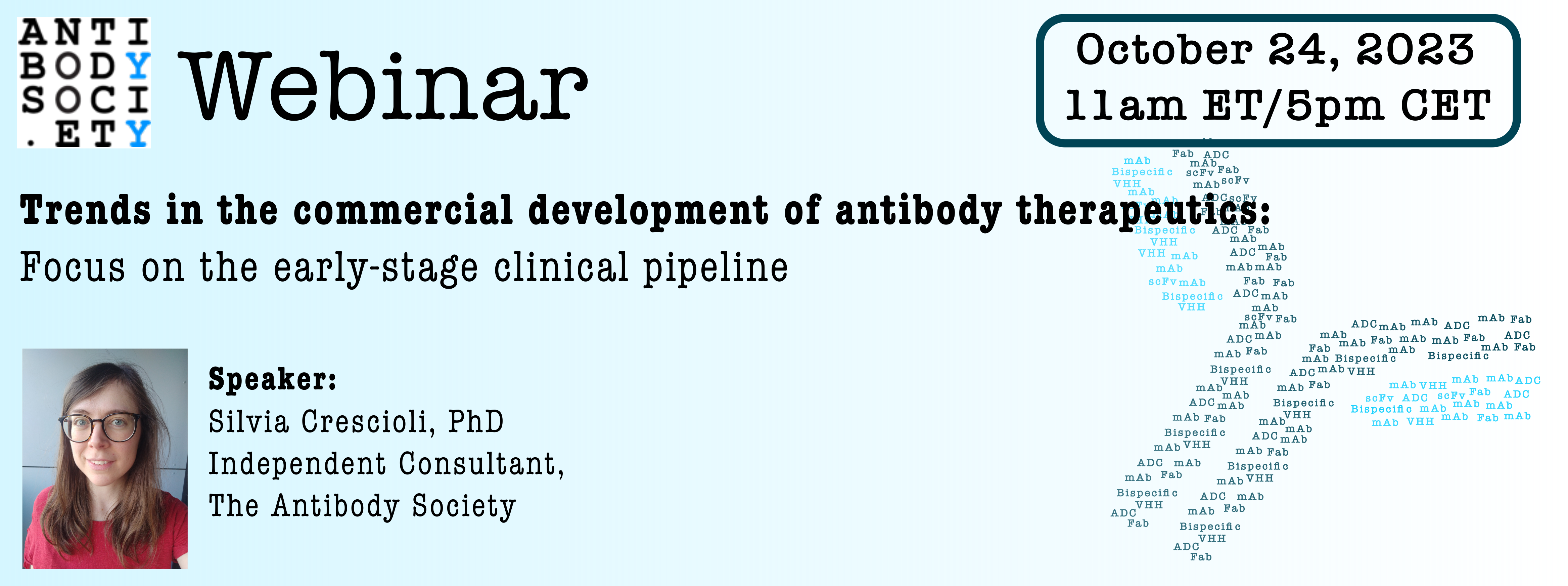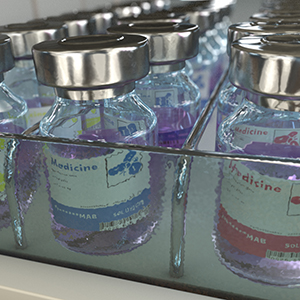Registration is open!
In this webinar Dr. Jin Lu will show how Lonza’s novel GS Discovery® transient expression platform can boost transient titers by ~30-fold to enable rapid early material supply, and streamline the transition from discovery to stable production. Dr. Lu will also introduce bYlok® bispecific pairing technology – an innovative solution that drives correct heavy-light chain pairing rates in IgG-like bispecifics to >95%. This improves yields of the correct species and streamlines downstream processing, without affecting key performance attributes of the molecule. Dr. Lu will present the latest case studies of bYlok® engineered bispecifics and explore how bYlok® compares to other established pairing solutions.

